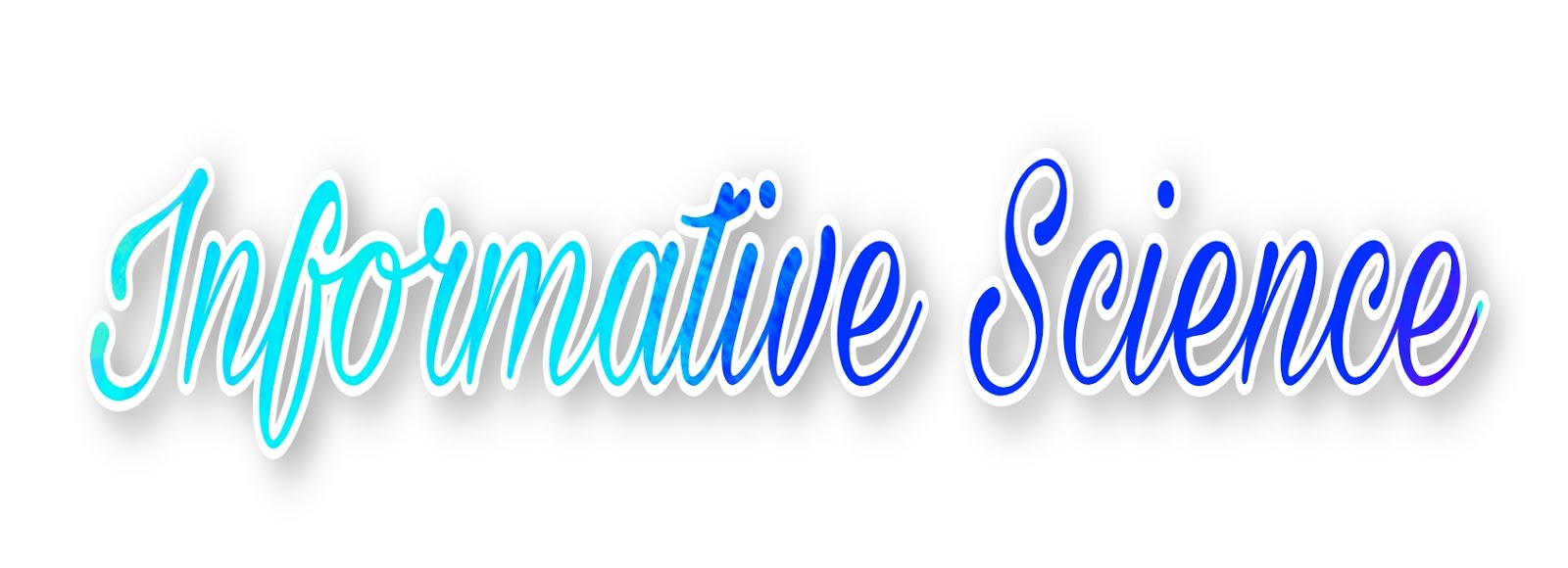The modern world depends on electricity.
It’s not just a luxury we use to power our devices and enjoy our free time.
It’s not even just a convenience of having light, heating, and cooling in our buildings.
Electricity is a crucial resource, especially in urban areas, providing public security,
safety, and health and making possible everything from emergency response to modern medical
care in hospitals to even the other utilities we require like fresh water and sanitation
systems.
But unlike those other utilities, electricity can’t be created, stored, and provided at
a later time.
The instant it’s produced, it’s used no matter how far apart the producer is from
the user.
And the infrastructure that makes all this possible is one of humanity’s most important
and fascinating engineering achievements.
Hey I’m Grady and this is Practical Engineering.
Like most people, you probably take the grid for granted.
Electrical infrastructure is so ubiquitous, it’s easy not to notice that the majority
of our power grid is out in the open for anyone who wants to have a look.
I happen to be one of those people who does want to have a look, and hopefully by the
end of this video series on electrical infrastructure, you will be too.
This video is geared toward North America, but most of the concepts will apply to any
other part of the world.
And just to give you a sense of scale, there are only four distinct electrical grids that
service essentially all of North America.
You have the two big ones, Western and Eastern, and the two electrical separatists: Quebec
and Texas.
Depending on your definition, an electrical grid can be considered one of the world’s
largest machines.
So how does this machine work?
The basic function of generating electricity and delivering it to those who need it may
seem simple.
I can hook up a small generator to a light, and boom; electrical grid.
With the cost of solar panels reaching record lows, many are exploring the possibility of
generating all the power they need at home and forgoing the grid altogether.
But, a wide area interconnection (that’s the technical term for a power grid) offers
some serious advantages in exchange for increased complexity.
Here’s a simplified diagram showing the major components of a typical power grid,
and we’ll follow the flow of electrical current as it makes its way through each one.
We start with generation, where the electricity is produced.
There are many types of power plants, each with their own distinct advantages and disadvantages,
but they all have one thing in common: they take one kind of energy and convert it into
electrical energy.
Most power plants are located away from populated areas, so that electricity they create needs
to be efficiently transported.
That’s handled by high-voltage transmission lines.
At the plant, transformers boost the voltage to minimize losses within the lines as the
electricity makes its way to the areas that need it.
Once it reaches populated areas, transformers then step down the power back to a safer and
more practical voltage.
This is done at a substation, which also has equipment to regulate the quality of the electricity
and breakers to isolate potential faults.
Some energy customers draw power directly from transmission lines, but most are served
from feeder lines that carry power from the substation.
This part of the system is called distribution.
From the feeders, smaller transformers step down voltage to its final level for industrial,
commercial, or residential uses before the electricity reaches its final destination.
Rather than a constant flow of current in a single direction (called direct current
or DC), the vast majority of the power grid uses alternating current or AC, where the
direction of voltage and current are constantly switching, 60 times per second in North America.
The major advantage of AC power is that it’s easy to step up and down voltages, a critical
part of efficiently and safely moving electricity from producer to consumer.
The device that performs this important role, called a transformer, is as simple as a pair
of coils next to each other.
A varying voltage in one coil induces a voltage in the other coil proportional to the number
of turns in each one.
If the current doesn’t vary, like in direct current, the transformer can’t do any transforming.
It’s helpful to think about the grid as a marketplace.
Power producers bring their electricity to the market by connecting to the grid, and
power consumers purchase that electricity for use in their home or business.
The economics and politics of the grid are so much more complicated than this, but the
important part of the analogy is that, in many ways, the power grid is a shared resource.
Because of that, it needs organizations to oversee and establish rules about how each
participant..











0 Comments